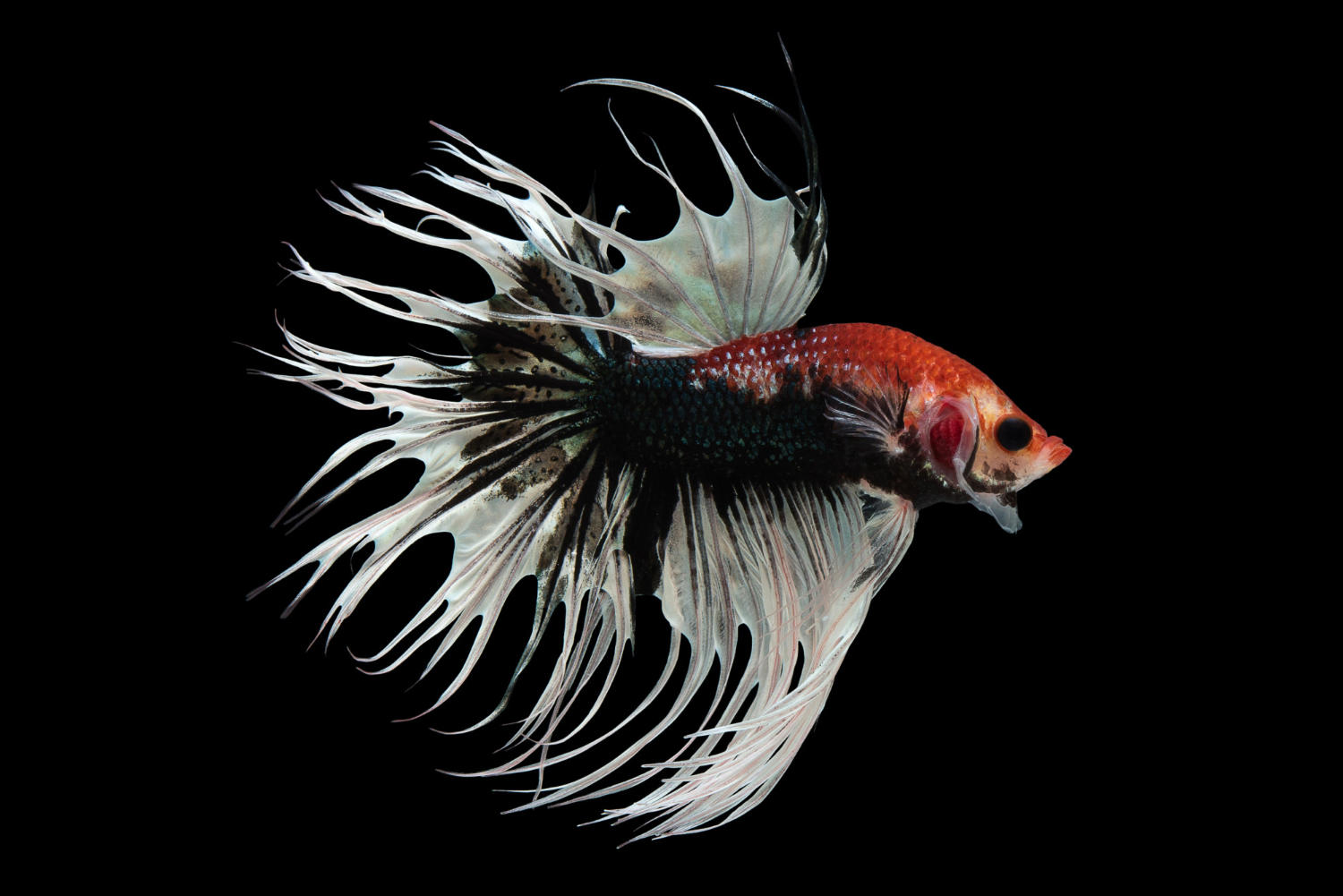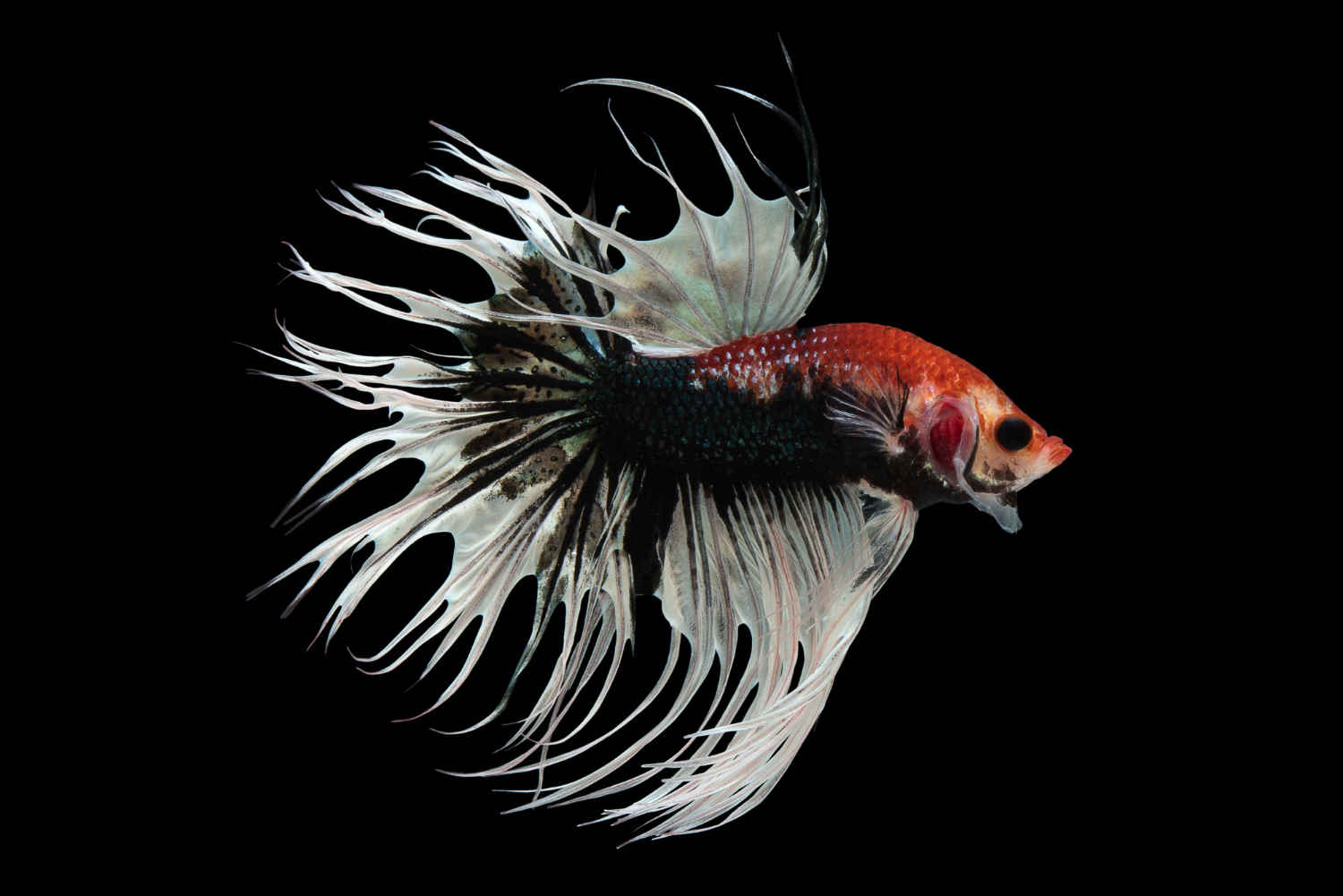
Fish identification can be a tricky business, but when it comes to male and female fish, the differences can be quite distinct. Do you want to be able to easily tell the difference between male and female fish when you’re out on the water? In this blog post, we’ll cover some of the key characteristics to look for when identifying the sex of a fish. We’ll discuss different species and how to tell which ones are male and which ones are female. Whether you’re a beginner or a seasoned angler, this blog post will help you uncover the difference between male and female fish.
When it comes to fish identification, many people often think that this process is relatively straightforward and simple. However, in reality, identifying a fish species is often an incredibly difficult process that requires an in-depth analysis of the fish’s features. This difficulty is further compounded when you are trying to identify male versus female fish, as the differences between the two sexes can be subtle and difficult to spot. In this blog post, we will cover some tips and techniques for uncovering the difference between male and female fish, so that you can confidently identify the two sexes of any fish species you come across.
When it comes to fish identification, one of the main differences between male and female fish is their size. Generally speaking, female fish tend to be larger than males, and the differences in size can be quite significant. Of course, this is not always the case, as there are some fish species in which males and females look almost identical in terms of size. However, in most cases, you can use size as a key identifier when trying to determine the sex of a fish.
Another difference between male and female fish is their coloring. In most species, males tend to be more brightly colored than females, as this is often a sign of increased fertility and quality of mates. This difference in coloration can be quite subtle in some species, so you may need to take a closer look to truly appreciate the differences.
Finally, you can also look for differences in the shape and structure of the fish. This can be particularly helpful when it comes to species that have sexual dimorphism, which is the difference in size and shape between the two sexes. In some species, males may have long and thin bodies, while females may have thicker and more robust bodies. Additionally, some species may have distinctive features on the males, such as longer fins or larger heads, which can also be used to identify the sex of a fish.
By taking the time to closely examine the features of a fish, you should be able to confidently distinguish between male and female fish. However, it is important to remember that the differences between the sexes can be quite subtle, and you may need to take a closer look in order to truly appreciate the differences. Additionally, the differences between the sexes may vary from species to species, so it is important to familiarize yourself with the characteristics of each species in order to accurately identify the sex of a fish.
In conclusion, male vs female fish identification can be a difficult process, but with the right knowledge and techniques, it is possible to determine the sex of a fish. Understanding the key characteristics of male and female fish can help you identify the gender of a fish and ensure you are providing the best care for them. With this information, you can help create and maintain a balanced and healthy aquatic environment.



.jpg)



.jpg)